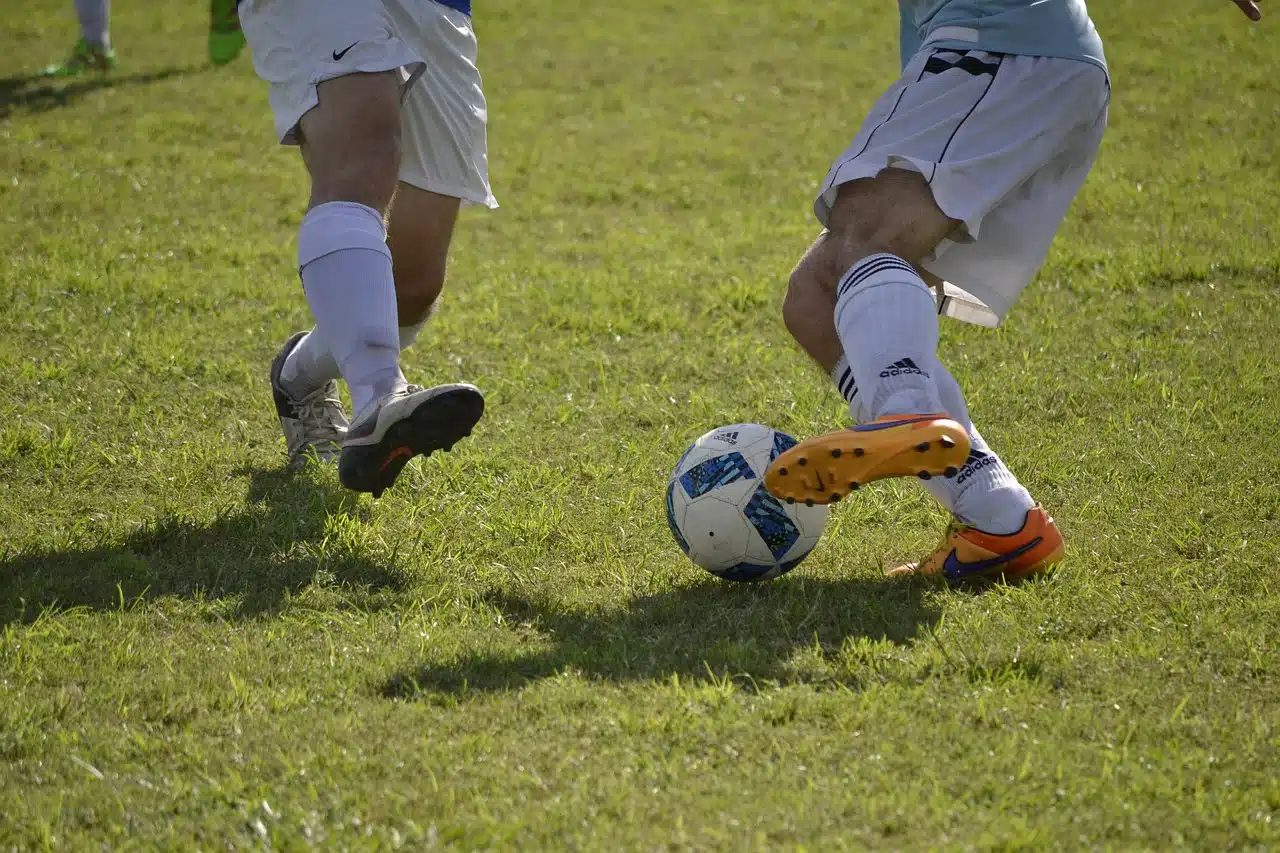
Feinting can be threatening someone with hitting them, without actually carrying out the attack.
The act of feinting refers to making the gesture of doing something, but without actually doing it .
Etymology
The etymology of amagar could come from the Gothic af-maga , which translates as "to abandon" , according to the Royal Spanish Academy ( RAE ). This word, in turn, derives from magan (translatable as "having strength" ).
Another version of its etymology points to the Arabic term ámag ("to walk in a threatening manner"), which has the Semitic root * AMG ("to adopt a brusque attitude "). Some terms that derive from the verb amagar are amago, amagamiento and amagatorio . The first is the very action of feinting ; the second is “a shallow ravine”; the third is "a hiding place."
Threat or deception
Feinting can function as a threat or as a means of deception . The feint makes it possible to demonstrate the intention to carry out an action in the short term, although this does not always mean that it will finally be carried out. In fact, whether or not the person who threatens performs the action does not always depend on him: although he can back down out of fear, he can also be interrupted by a third party.
Let's look at some examples with the term in context to better understand the nuances of its meaning: "After threatening to hit his neighbor, the man calmed down, sat down and agreed to talk," "It makes no sense to threaten to quit: if you want to leave , do it directly and don't waste time» , «Despite threatening to not abide by the coach's decisions, the player finally made himself available to the coaching staff» .
In the first example, the subject's intention was probably to physically attack his neighbor, so the feint could have led to the action of hitting him; However, at the last minute he changed his mind and prioritized the word. The sender of the second advises his interlocutor to act in a certain way with respect to his work, to make better use of his time. Finally, we have the case of a professional athlete who threatened to ignore the rules, but in the end backed down.
Take the case of someone who threatens to hit another person. His idea is to scare the other , but in reality he is not willing to carry out the attack. What he does is raise his arm and move it as if he were about to throw the punch. Of course, this situation can have different outcomes: the other person can react badly and give you a preventive blow, or get scared and cover their face, start crying, run away, etc.
in sport
Feinting is a frequent practice in the field of sports . If we focus on soccer , whoever advances with the ball can pretend that he is going to make a pass or that he will kick at the goal with the aim of confusing the defender .
In basketball or basketball , feinting is useful for the defender to jump or move : this way, if the fake or feint is effective, the player who has the ball can shoot unopposed, increasing the chances of scoring.

Feinting in sports is pretending that we will make a pass or shoot at the goal, for example.
We can also talk about the action of feinting in volleyball . In this sport, players who are in the position closest to the net can fake a shot to confuse their opponents. This can be done in different ways, and does not always have to end with the punchline. For example, two or more players can jump towards the ball, one after the other, faking the shot so that the opposing team does not know who will execute it. Given such a strategy , the opposing side is expected to prepare to receive the ball, neglecting certain parts of the field , where they can try to score first.
